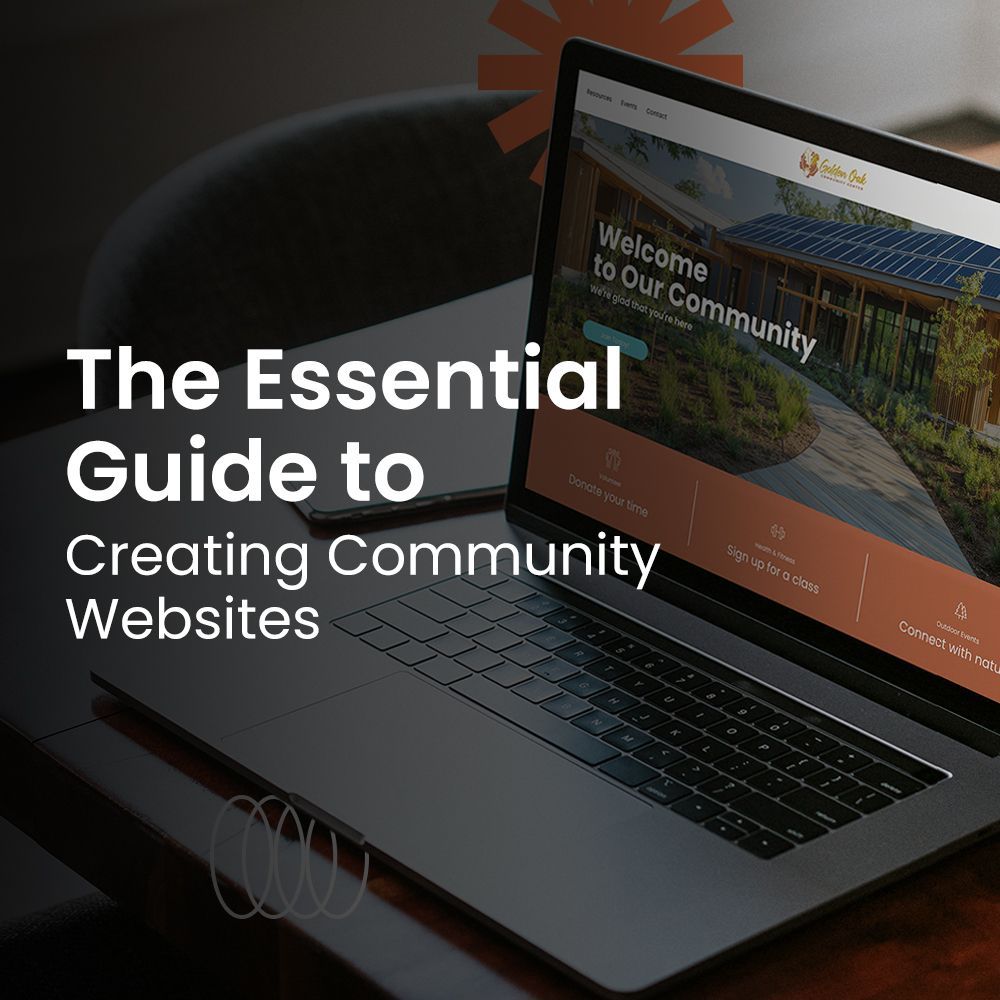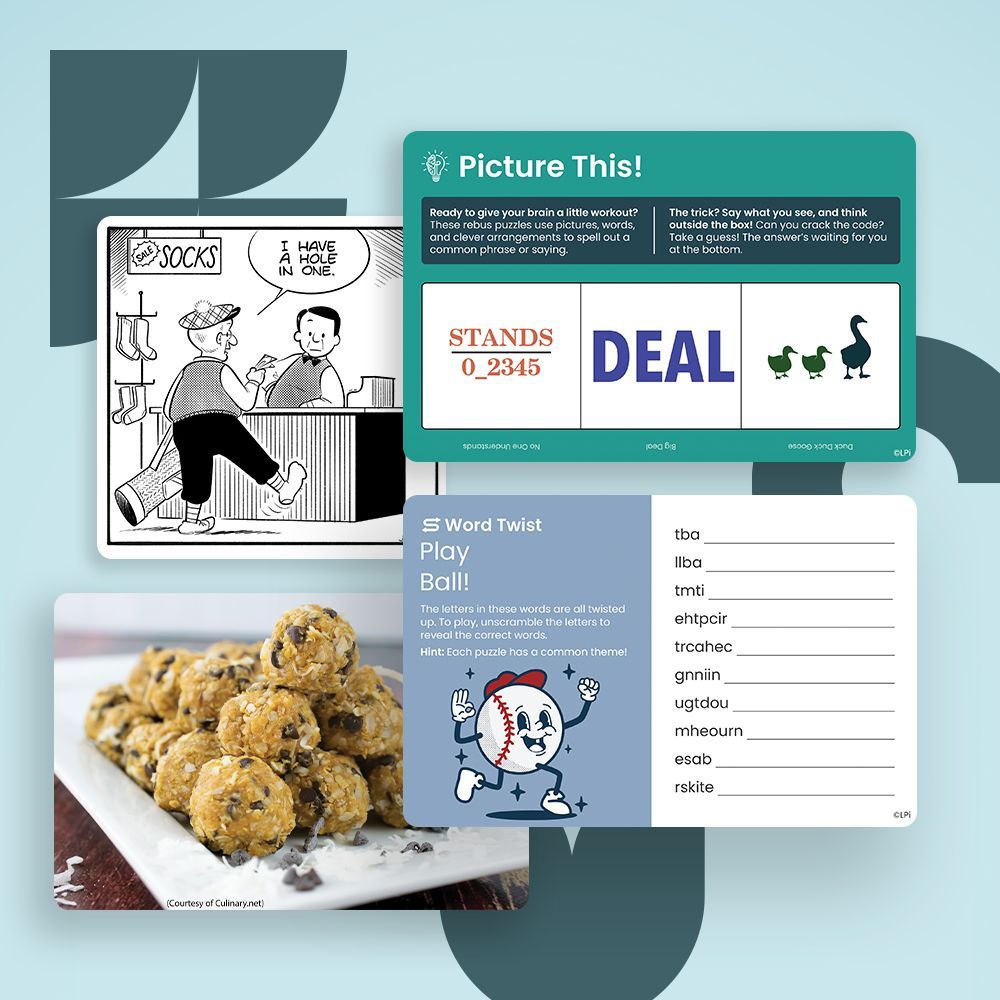How to Write Better Emails For Your Organization

With the rise of emojis and abbreviations commonly used for texting, many people have become complacent about written communication. These shortcuts have even worked their way into emails that people send personally and professionally. While it might be fine to adopt casual language in emails with friends, it’s likely not a good idea for professional interactions.
From the subject line to grammar and spelling, your email can tell a story about you. Here are a few tips for making sure your email communications represent you in the best possible light.
Tips for Creating Effective Emails
- Spend time on the subject line: When a recipient’s inbox is full, the subject line can influence if and when the email gets read. You might be able to improve the odds your email will be read more quickly by crafting an intriguing subject line. Make sure it’s clear, compelling, and concise.
- Pay extra attention to the opening lines: Just like the subject line, the beginning of your email can make or break it. You’ll want to briefly describe your reason for writing. Don’t make it too slick or salesy. That is a turnoff for most readers.
- Edit copy to be concise: We probably all know people who send lengthy, rambling emails. You might find yourself groaning a little when their name pops up in your inbox. That’s why reviewing and editing every email you send is so important. Look for words you can cut and opportunities to use more precise language.
- Consider the timing: Research shows that email open rates start to increase around 6 a.m. and typically peak between 9 a.m. and noon. Some people try to send emails during these times. Others believe they have less competition for inbox space later in the afternoon. You could experiment with both and decide which way is best for your particular audience.
- Have a call to action near the end: Another mistake people often make with email is not being clear about what you want recipients to do. You’ll likely have a better response if you include a strong call to action near the end of your message. It might help to make it a standalone paragraph so it doesn’t get lost in the main body of the email.
- Conclude on a positive note: Like the subject line and your opening, how you wrap up an email is important, too. End on an upbeat note unless that would be inappropriate for the content. A few examples are “Thank you for your consideration. Please let me know if you have any questions!” and “Thank you for your time. I look forward to hearing from you soon!”
- Conduct a final proof: Don’t rely on spell-check to catch all your typos and mistakes. It just won’t. That’s why it’s important to proof every email slowly and carefully before you send it. If it’s an especially important one, you might even ask a detail-oriented friend or colleague to look it over, too.
Are you also responsible for creating a monthly email newsletter for your organization? If so, save time with our automatic email tool My Community Online. Your members can subscribe to receive your digital newsletter straight to their email inbox without you having to lift a finger when you submit your newsletter for printing. If you aren’t currently printing with LPi, learn more here.
If you’d like to learn more about email and how to segment your audience, our blog article, Tips for Targeted Email Messaging should be your next read!
Updated on 11-11-2025




